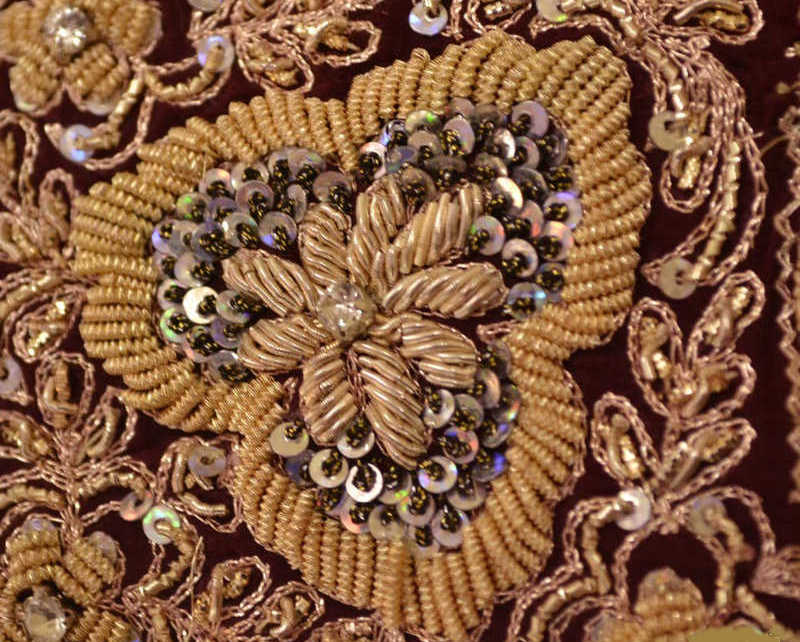===
0546,
4
===

=== |
 |
;xadang : 'The white poplar, a tree from which arrows are usually made; an arrow'. (Platts p.487)
maar : 'A snake, serpent'. (Platts p.980)
kaa;Rhnaa : 'To draw, drag, pull, &c.; to draw out, draw forth (a sword, &c.)'. (Platts p.801)
phan : 'The expanded hood or neck of a snake (esp. of the Cobra di capello)'. (Platts p.290)
FWP:
SETS
MOTIFS == ARCHERY
NAMES
TERMS == SIMILEWell, is the resemblance really all that convincing? The arrow-head that emerges from the wound has already done its worst; the snake that rears up and raises its hood is hostile, is threatening, and has not yet made its strike. The snake with its up-reared head and hood is ominous and frightening; the person who sees the arrow-head emerging from someone's back may be in no danger at all, since he himself was not the target. If he had been, he'd be dead, or at least too far gone to manage to twist his head around far enough to inspect the exit wound in his back. Maybe we're supposed to imagine that the lover has been shot in the back (or from the side?) so that he can see the arrowhead emerging from his chest (would that still be uudhar ?). No matter how we construe it, it's really not all that compelling.